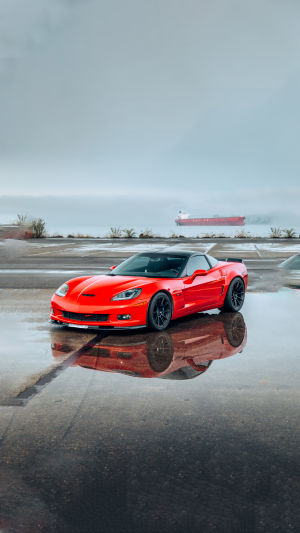When asked about the fastest cars on Earth, the Bugatti brand often springs to mind for its remarkable speed records.
Born into an artistic family, Ettore Bugatti came into the world on September 15, 1881, in Milan, Italy. Despite his family's background in jewelry and furniture design, Ettore chose a different path.
At the age of 17, he began his career as an automobile builder, apprenticed to the Prinetti & Stucchi bicycle company. His first automobile was a Prinetti & Stucchi tricycle with a DeDion single-cylinder engine.
Shortly after, he built a twin-engine tricycle. In 1899, Ettore developed the Type 1 four-wheeled vehicle and later the Type 2, which gained attention at the Milan International Motor Show.
Due to Prinetti & Stucchi's reluctance to leave the bicycle business, Ettore left and joined DeDietrich Manufacturing in 1901.
While working for DeDietrich, Ettore built the Type 3, Type 4, and Type 5 for racing. In 1909, after his contract ended, Ettore Bugatti founded Bugatti Automobiles by purchasing a dye factory in Molsheim, Alsace, officially established on January 1, 1910. Bugatti thrived initially, engaging in projects like the Peugeot Bébé.
By the 1930s, Ettore expanded the company, and his son Jean Bugatti contributed by designing the chassis of the Bugatti Type 57. However, financial difficulties arose in 1936, leading to the decline of the Molsheim plant. Ettore returned to Paris, leaving Jean to manage the plant.
Ettore Bugatti passed away at 65 in a Paris hospital. Despite attempts by Roland Bugatti(his another son), the company closed down in 1952 after producing around 100 models.
In 1998, Volkswagen acquired Bugatti and moved its headquarters and production plant back to Molsheim. In the same year, the EB118, the world's first 18-cylinder engine model, made waves at the Paris Motor Show. Although it didn't go into production, it hinted at Bugatti's return with the EB16.4 Bugatti Veyron in 2001.
The Bugatti Veyron SuperSport, the world's fastest car, retains the W16 engine but with a larger turbo and intercooler, producing 1,200 hp and accelerating from 0-300km/h in 14.6 seconds.
The Veyron SuperSport, introduced in 2010, featured a new carbon fiber weave, reducing weight by 50 kilograms compared to the regular Veyron. The redesigned air intakes and exhaust improved aerodynamics.
Bugatti, now a niche manufacturer of supercars, traces its recent history to Italian entrepreneur Romano Artioli's 1987 acquisition. Today, Bugatti remains a dream for most, with its legendary history and classic models seen as treasures by those who aspire to own a supercar.





